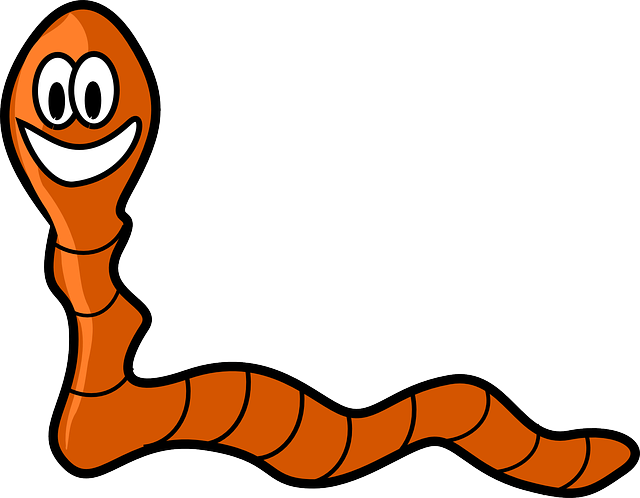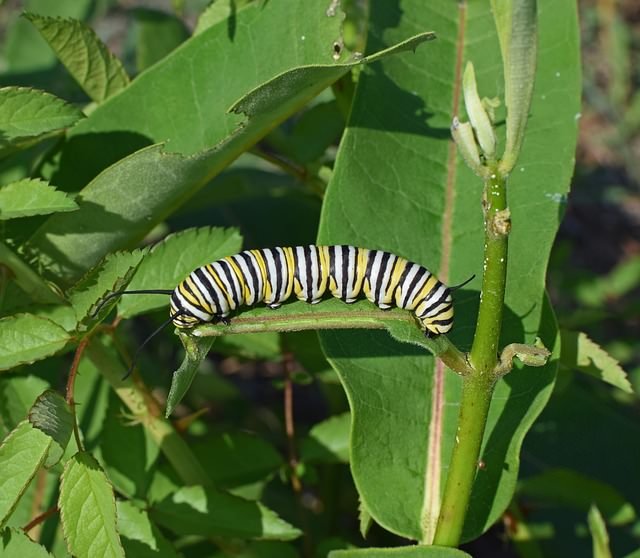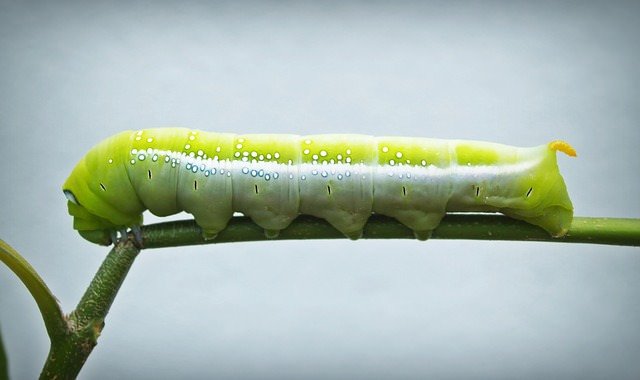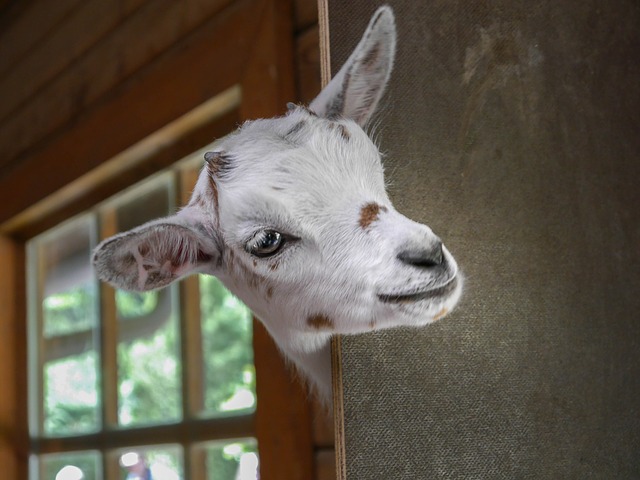W̲h̲a̲t̲ ̲a̲r̲e̲ ̲t̲h̲e̲ ̲w̲o̲r̲m̲s̲ ̲e̲a̲t̲i̲n̲g̲?̲
What worms eat depends to a limited extent on where they live. Worms can live nearer to the surface or considerably more profound underground. At first glance, worms eat an assortment of natural materials, for example, dead grass and leaves that have tumbled from the trees. There are minuscule creatures that live on these clears out. These creatures give the worm an assortment of green growth, parasites and microscopic organisms that are basic to the worm's eating routine.
Image Credits
What worms eat depends to a limited extent on where they live. Worms can live nearer to the surface or considerably more profound underground. At first glance, worms eat an assortment of natural materials, for example, dead grass and leaves that have tumbled from the trees. There are minuscule creatures that live on these clears out. These creatures give the worm an assortment of green growth, parasites and microscopic organisms that are basic to the worm's eating routine.
Worms that live further under the ground have an eating routine that is principally crude soil. The worms eat the microscopic organisms, growths and green growth that are in the soil. The soil goes through the worm and turns out in what is known as worm throws. This is a pleasant method for saying fecal matter. These throws are exceptionally helpful to the plants in your garden. The supplements in the dirt are halfway processed by the worms, making them effectively utilized by the plants. What's more, the procedure circulates air through the earth in your garden, which is additionally helpful to your plants.
Image Credits
There are two sorts of material that you will require in the receptacle for worm treating the soil, bedding material and green fixings. The green fixings are the natural family unit materials you will add to the container. The bedding material can be dead plants, fall leaves, destroyed daily paper, sawdust or straw. Change the material and utilize a couple of various materials. Include a couple of modest bunches of soil to the bedding material to help the worms' processing.
You can dive into your garden to discover worms for your receptacle or buy them. The quantity of worms you need will rely upon the span of the holder and the measure of material you are fertilizing the soil. When you have filled the holder with bedding material and included the worms, you can include the green fixings. This can be leafy foods peelings, smashed eggshells and other natural materials from your home or garden, for example, grass clippings and clears out. Each time you include these materials, pick an alternate region of the receptacle.
Cut sustenance up into little lumps. These abatements the time it will take for the worms to eat their sustenance. Worms eat microorganisms developing on the nourishment squander alongside little bits of sustenance. The more noteworthy the uncovered surface zone of the nourishment, the quicker the sustenance will separate and make it feasible for the worms to eat. Abstain from mixing the nourishment as this will rapidly discharge the water and could make your vermicompost container excessively wet. Little lumps of sustenance are better.
Image Credits
Proper worm foods
Pumpkin
Leftover corn cobs (rinsed)
Watermelon Rinds
Cantaloupe Rinds
LIKE IT
Coffee grounds
Tea bags
Vegetables
Fruits
Crushed Egg Shells
Banana Peels
TOLERATE IT
Citrus
Onions
Garlic
Feed your worms a diverse diet and always feed in moderation. If you have leftover food that you don’t want to waste; chop it up and put it in a Ziploc bag in your freezer for later.
Keep out of your worm composting bin:
Bones
Meat
Dairy products
Oils
Salty foods
Grass Clippings
Inorganic products
What worms eat depends to a limited extent on where they live. Worms can live nearer to the surface or considerably more profound underground. At first glance, worms eat an assortment of natural materials, for example, dead grass and leaves that have tumbled from the trees. There are minuscule creatures that live on these clears out. These creatures give the worm an assortment of green growth, parasites and microscopic organisms that are basic to the worm's eating routine.
Worms that live further under the ground have an eating routine that is principally crude soil. The worms eat the microscopic organisms, growths and green growth that are in the soil. The soil goes through the worm and turns out in what is known as worm throws. This is a pleasant method for saying fecal matter. These throws are exceptionally helpful to the plants in your garden. The supplements in the dirt are halfway processed by the worms, making them effectively utilized by the plants. What's more, the procedure circulates air through the earth in your garden, which is additionally helpful to your plants.
There are two sorts of material that you will require in the receptacle for worm treating the soil, bedding material and green fixings. The green fixings are the natural family unit materials you will add to the container. The bedding material can be dead plants, fall leaves, destroyed daily paper, sawdust or straw. Change the material and utilize a couple of various materials. Include a couple of modest bunches of soil to the bedding material to help the worms' processing.
You can dive into your garden to discover worms for your receptacle or buy them. The quantity of worms you need will rely upon the span of the holder and the measure of material you are fertilizing the soil. When you have filled the holder with bedding material and included the worms, you can include the green fixings. This can be leafy foods peelings, smashed eggshells and other natural materials from your home or garden, for example, grass clippings and clears out. Each time you include these materials, pick an alternate region of the receptacle.
Cut sustenance up into little lumps. These abatements the time it will take for the worms to eat their sustenance. Worms eat microorganisms developing on the nourishment squander alongside little bits of sustenance. The more noteworthy the uncovered surface zone of the nourishment, the quicker the sustenance will separate and make it feasible for the worms to eat. Abstain from mixing the nourishment as this will rapidly discharge the water and could make your vermicompost container excessively wet. Little lumps of sustenance are better.
Proper worm foods
Pumpkin
Left over corn cobs (rinsed)
Watermelon Rinds
Cantaloupe Rinds
LIKE IT
Coffee grounds
Tea bags
Vegetables
Fruits
Crushed Egg Shells
Banana Peels
TOLERATE IT
Citrus
Onions
Garlic
Feed your worms a diverse diet and always feed in moderation. If you have left over food that you don’t want to waste; chop it up and put it in a Ziploc bag in your freezer for later.
Keep out of your worm composting bin:
Bones
Meat
Dairy products
Oils
Salty foods
Grass Clippings
Inorganic products
Worms that live further under the ground have an eating routine that is principally crude soil. The worms eat the microscopic organisms, growths and green growth that are in the soil. The soil goes through the worm and turns out in what is known as worm throws. This is a pleasant method for saying fecal matter. These throws are exceptionally helpful to the plants in your garden. The supplements in the dirt are halfway processed by the worms, making them effectively utilized by the plants. What's more, the procedure circulates air through the earth in your garden, which is additionally helpful to your plants.
There are two sorts of material that you will require in the receptacle for worm treating the soil, bedding material and green fixings. The green fixings are the natural family unit materials you will add to the container. The bedding material can be dead plants, fall leaves, destroyed daily paper, sawdust or straw. Change the material and utilize a couple of various materials. Include a couple of modest bunches of soil to the bedding material to help the worms' processing.
You can dive in your garden to discover worms for your receptacle or buy them. The quantity of worms you need will rely upon the span of the holder and the measure of material you are fertilizing the soil. When you have filled the holder with bedding material and included the worms, you can include the green fixings. This can be leafy foods peelings, smashed eggshells and other natural materials from your home or garden, for example, grass clippings and clears out. Each time you include these materials, pick an alternate region of the receptacle.
Cut sustenance up into littler lumps. This abatements the time it will take for the worms to eat their sustenance. Worms eat microorganisms developing on the nourishment squander alongside little bits of sustenance. The more noteworthy the uncovered surface zone of the nourishment, the quicker the sustenance will separate and make it feasible for the worms to eat. Abstain from mixing the nourishment as this will rapidly discharge the water and could make your vermicompost container excessively wet. Little lumps of sustenance are better.
Proper worm foods
Pumpkin
Left over corn cobs (rinsed)
Watermelon Rinds
Cantaloupe Rinds
LIKE IT
Coffee grounds
Tea bags
Vegetables
Fruits
Crushed Egg Shells
Banana Peels
TOLERATE IT
Citrus
Onions
Garlic
Feed your worms a diverse diet and always feed in moderation. If you have left over food that you don’t want to waste; chop it up and put it in a Ziploc bag in your freezer for later.
Keep out of your worm composting bin:
Bones
Meat
Dairy products
Oils
Salty foods
Grass Clippings
Inorganic products


This post has received a 16.95 % upvote from @aksdwi thanks to: @lazariko12.
This post has received a 0.26 % upvote from @drotto thanks to: @banjo.
Wow this was a really detailed post about worms. Didn't know one could write so much about so little creatures! Nice one!
Thanks a lot!
Really insightful post.Worms are very vital in the growth and proper development of plants.Worm actions like burrowing help to break up soil particles which makes it easier for root penetration thereby helping out in water and necessary mineral absorptions.Great work,thanks for sharing
Thanks for commenting, @stephenpaul. Your knowledge regarding the topic is great!
@lazariko12 payed 10.0 SBD to @minnowbooster to buy a stealth upvote.

transaction-id bb6b718658aed3a2e1e811908f7de54199797200
@stealthgoat
Congratulations! This post has been upvoted from the communal account, @minnowsupport, by lazariko12 from the Minnow Support Project. It's a witness project run by aggroed, ausbitbank, teamsteem, theprophet0, someguy123, neoxian, followbtcnews/crimsonclad, and netuoso. The goal is to help Steemit grow by supporting Minnows and creating a social network. Please find us in the Peace, Abundance, and Liberty Network (PALnet) Discord Channel. It's a completely public and open space to all members of the Steemit community who voluntarily choose to be there.
If you would like to delegate to the Minnow Support Project you can do so by clicking on the following links: 50SP, 100SP, 250SP, 500SP, 1000SP, 5000SP. Be sure to leave at least 50SP undelegated on your account.
You got dragonized with 36.31% upvote from @skydragon, courtesy of @lazariko12!
This post has received a 2.62 % upvote from @buildawhale thanks to: @lazariko12. Send at least 1 SBD to @buildawhale with a post link in the memo field for a portion of the next vote.
To support our daily curation initiative, please vote on my owner, @themarkymark, as a Steem Witness
This post has received a 21.47 % upvote from @boomerang thanks to: @lazariko12
@boomerang distributes 100% of the SBD and up to 80% of the Curation Rewards to STEEM POWER Delegators. If you want to bid for votes or want to delegate SP please read the @boomerang whitepaper.
You got a 0.69% upvote from @upme requested by: @lazariko12.
Send at least 1.5 SBD to @upme with a post link in the memo field to receive upvote next round.
To support our activity, please vote for my master @suggeelson, as a STEEM Witness